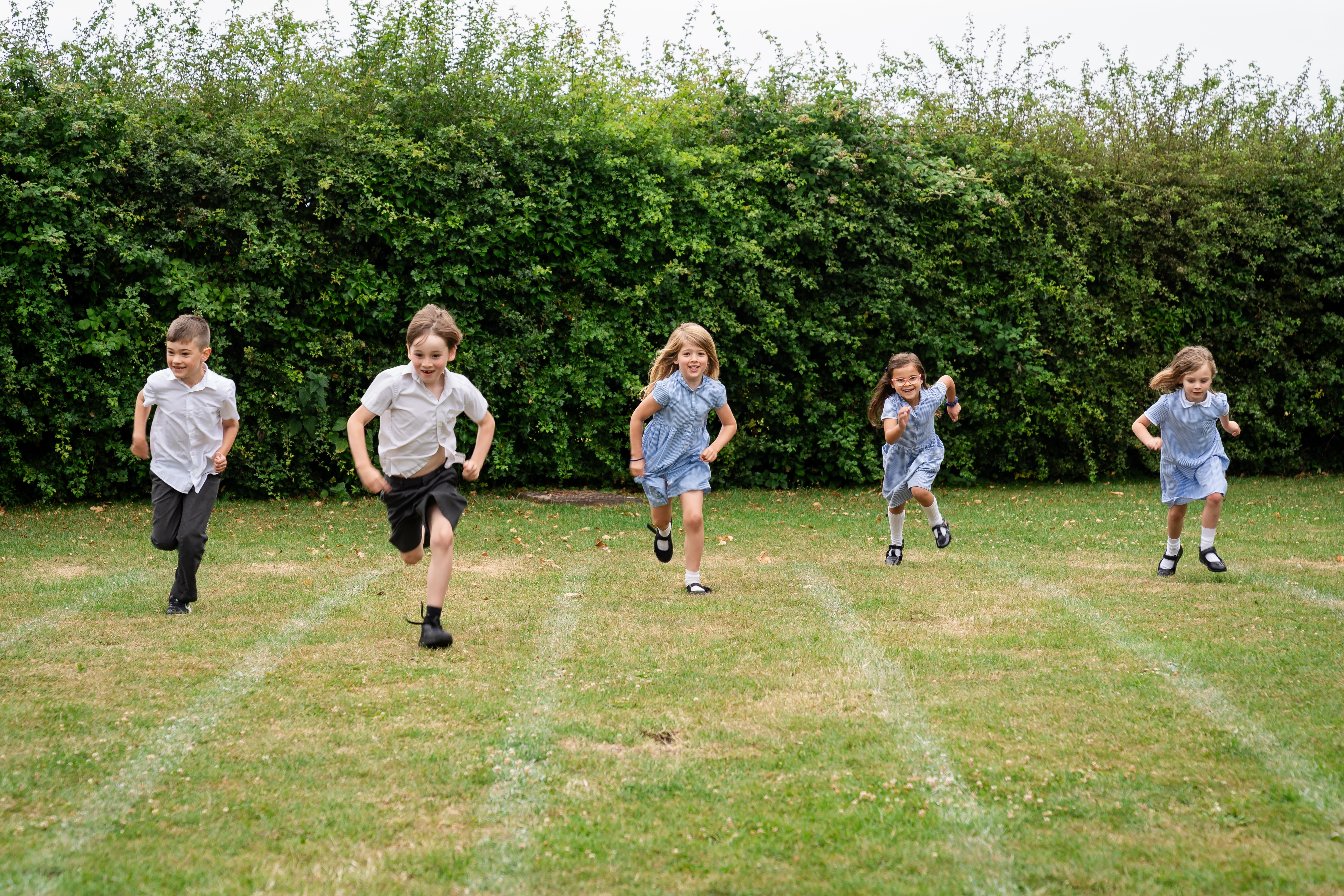Welcome
Set in a delightful rural location, our school benefits from a fantastic range of facilities including our own outdoor swimming pool and Forest School.
Set in a delightful rural location, our school benefits from a fantastic range of facilities including our own outdoor swimming pool and Forest School.
Set in a delightful rural location, our school benefits from a fantastic range of facilities including our own outdoor swimming pool and Forest School.
